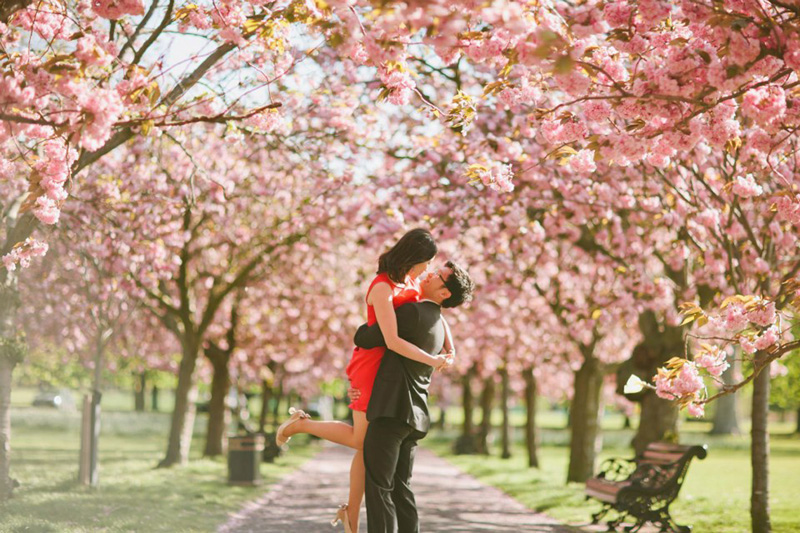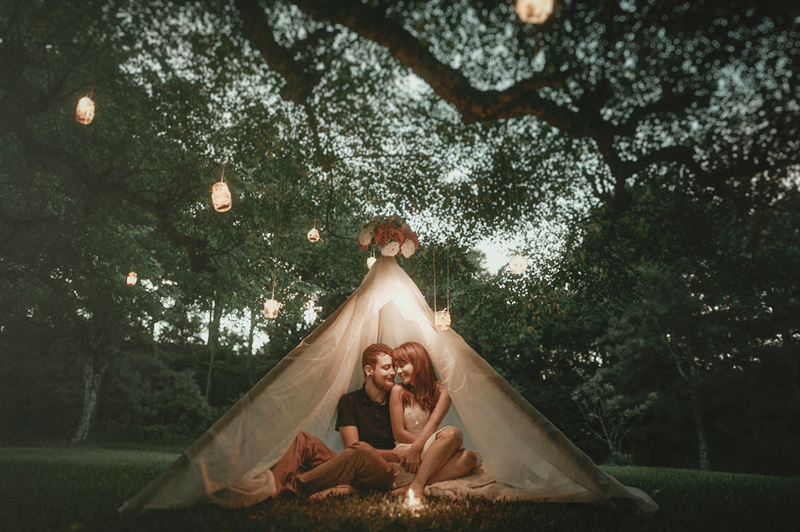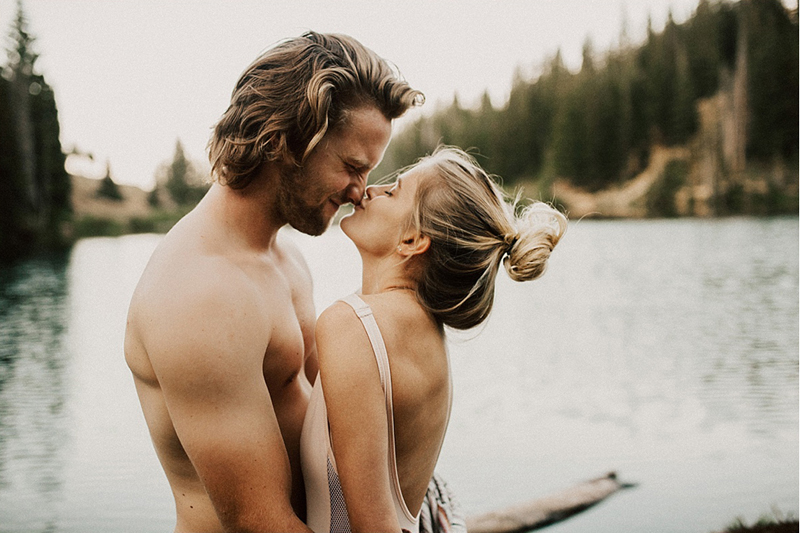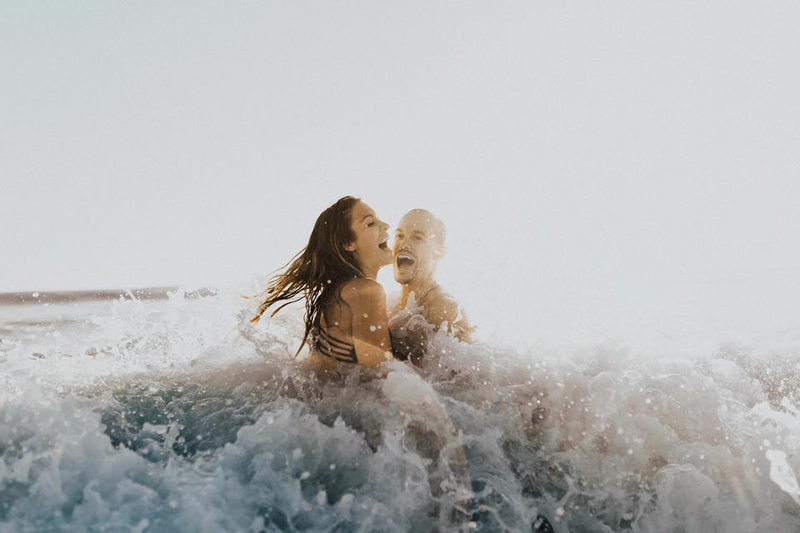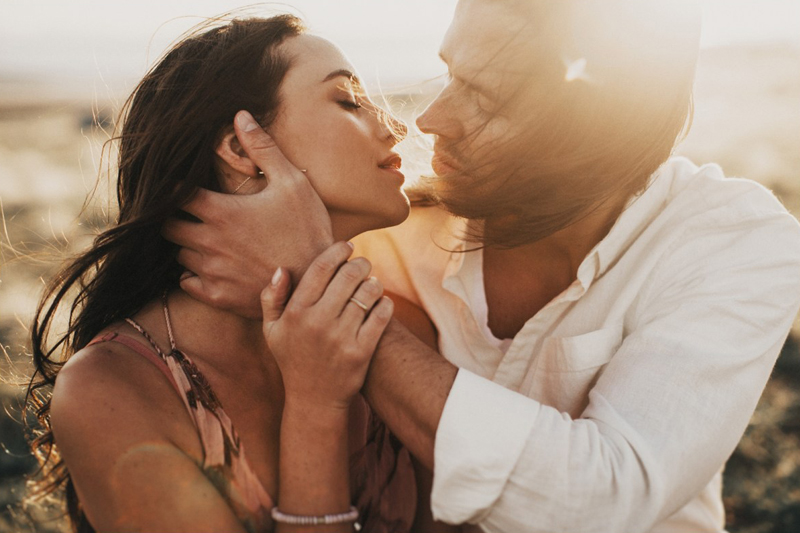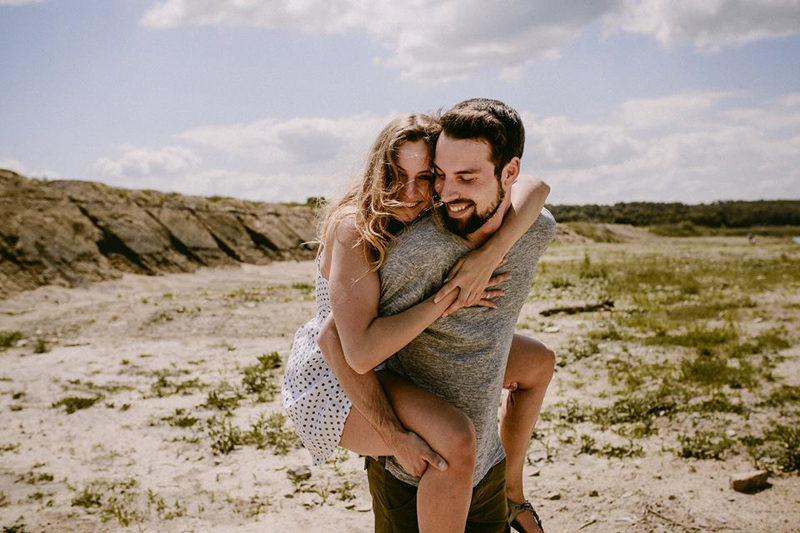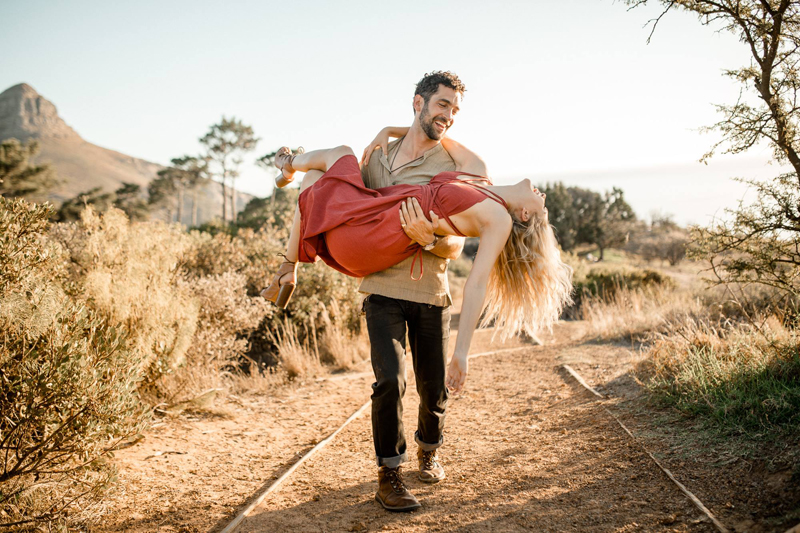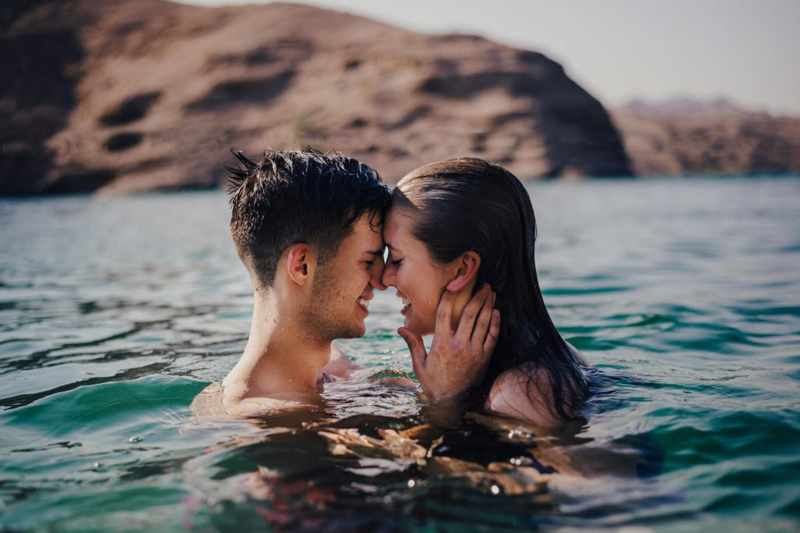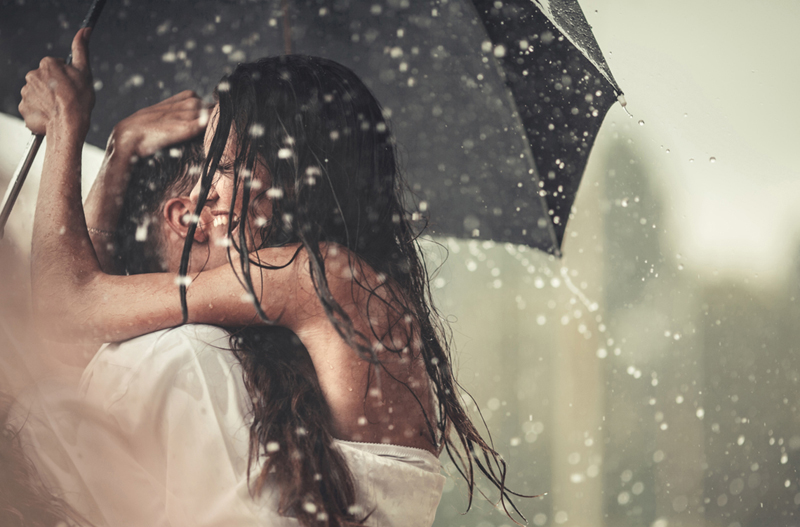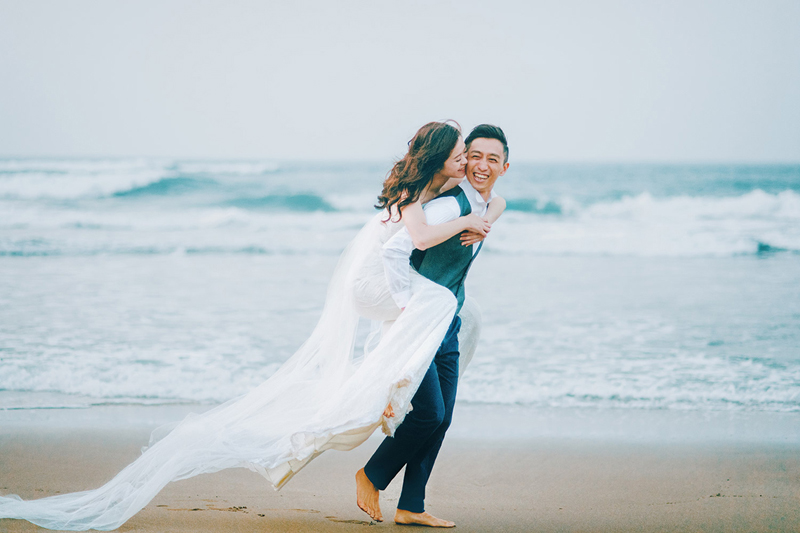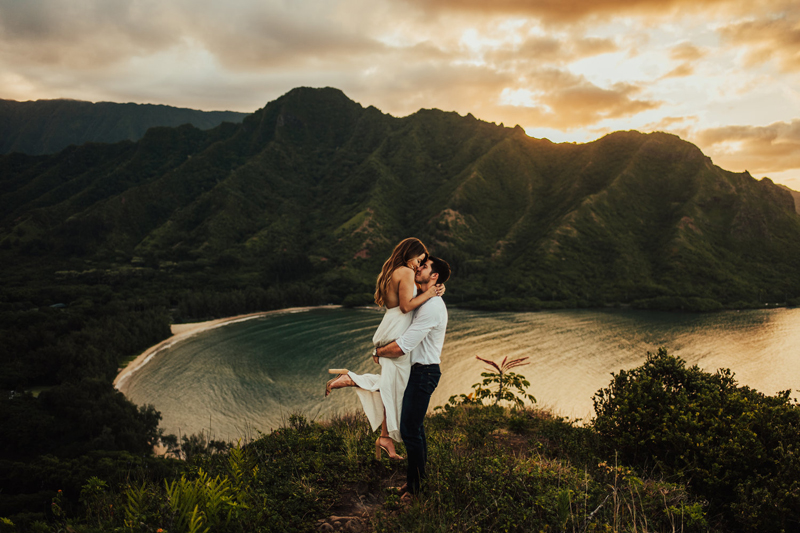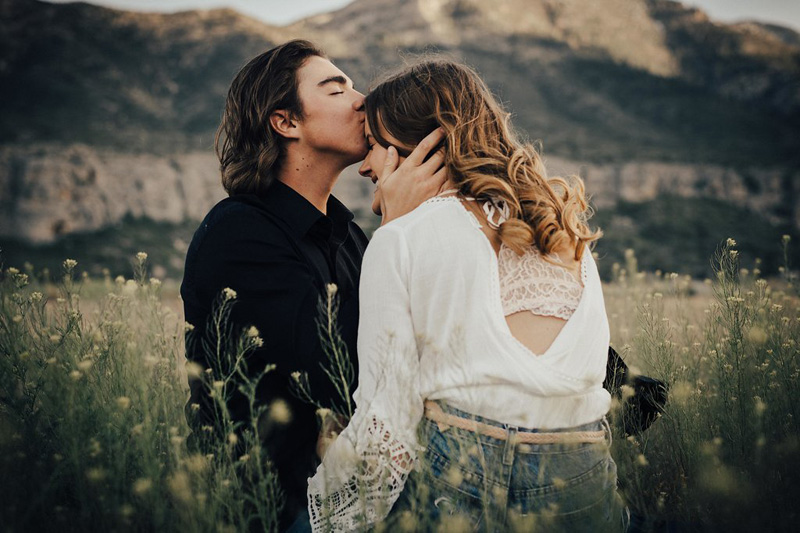
Most
scientists are in agreement that the Earth has entered it’s sixth mass
extinction event. Occasionally, approximately every 100 million year or
so, a large percentage of existing species die off in a short period of
time. The causes of these mass extinctions are varied, collisions with
extraterrestrial debris and super volcanos are just a couple of
possibilities. For primitive bacteria, it was their own waste product,
oxygen, that was almost the end of life on this planet. What makes the
current extinction event so unusual is that humans are entirely to
blame. And not only are we the cause of this extinction event, we are
apparently setting a speed record. Up until now, mass extinctions
occurred over thousands of years. In an effort to show we are the equal
of any natural process, we are on pace to eliminate 50% of the world’s
species within a few hundred years, the blink of an eye in the geologic
time scale.

I
use the words “natural process” as if our actions were unnatural, and
that is not accurate. Our actions are as natural as those of any other
creature that crawls, swims or flies, and it is quite possible that
humans are merely the next vector for an event whose time has come
again. People automatically assume that mass extinctions are terrible
occurrences, and they definitely are for species existing at the time of
the extinction event. However, for the species that arise after the
event, they are a blessing. If not for Chixulub, the comet or asteroid
whose collision hastened the end of the dinosaurs, humans would still be
nocturnal insectivores, gnawing roaches in the dark. Mammals had their
chance to compete directly with dinosaurs, and it did not go well.
Between the Cambrian and Mesozoic Periods 95% of the world’s species
died off. It was the largest extinction event this planet has known, and
it cleared the slate for an evolutionary free-for-all. The ancestors of
mammals and dinosaurs competed for dominance on a relatively even
playing field, and dinosaurs became the undisputed rulers of the world
while mammals never amounted to more than a hairy prey item…until the
dinosaurs were removed.

One
of the interesting things about mass extinction events is that dominant
animal groups are removed or severely diminished, and something totally
new arises from the rubble to take their place. Fish, amphibians,
reptiles, dinosaurs and mammals have all had their day. Birds missed out
somehow, but maybe their day is still coming. Since there have only
been five events so far, we can’t say with certainty that the dominant
animal group is always eliminated, but that’s the way it has always
happened in the past. If the trend continues, it will be interesting to
see which group inherits the mantle of superiority when humans are no
more.

The
thing that has me preoccupied with endings and beginnings are recent
findings involving a couple of very photogenic species, polar bears and
monarch butterflies. It’s no secret that our planet is warming and the
polar ice caps are receding drastically. Polar bears are dependent upon
ice for their survival. The less ice there is, the fewer polar bears
we’ll have. It’s quite possible that refuges will remain in the very far
north where polar bears can bide their time till the next Ice Age (the
ice will come again), but even places as far north as Svalbard are now
reporting ice-free summers. Humans are more directly responsible for the
decline in the monarch butterfly population. We have logged the groves
where they winter, and we’ve gone to great lengths to elminate the
milkweed they depend on. Most recently, the adoption of genetically
modified corn, corn that can tolerate huge amounts of pesticide and/or
have poisonous pollen, may be the final nail in their coffin. In a
matter of decades, the Eastern population has declined by more than 80%.
The Pacific population appeared to be slowly recovering or at least
remaining stable, but between the winter of 2018 and 2019 80% of the
butterflies disppeared. There are non-migratory populations of monarchs
that are not affected, but the days of huge, hanging clusters comprised
of thousands of monarchs may nearly be gone.

I
know that life will carry on, that someday, perhaps after humans are
long gone, new species will arise to take the place of the ones the
planet has lost. However, regardless of how or why the extinction takes
place, a world without polar bears and masses of monarchs covering
branches and entire trees will seem diminished, a less magical place
than the one we now live in.

Courtesy of: Adventure Photography

























